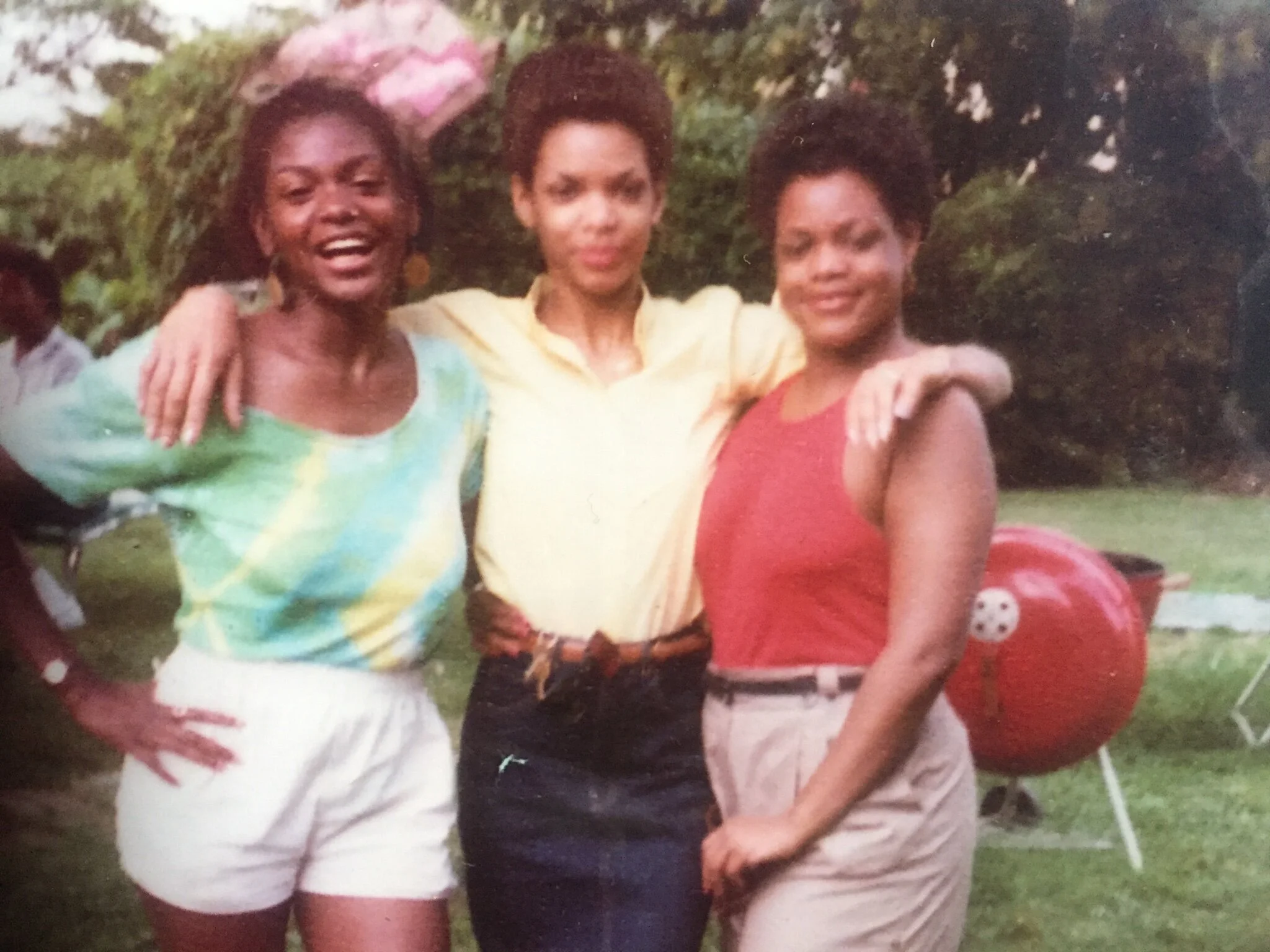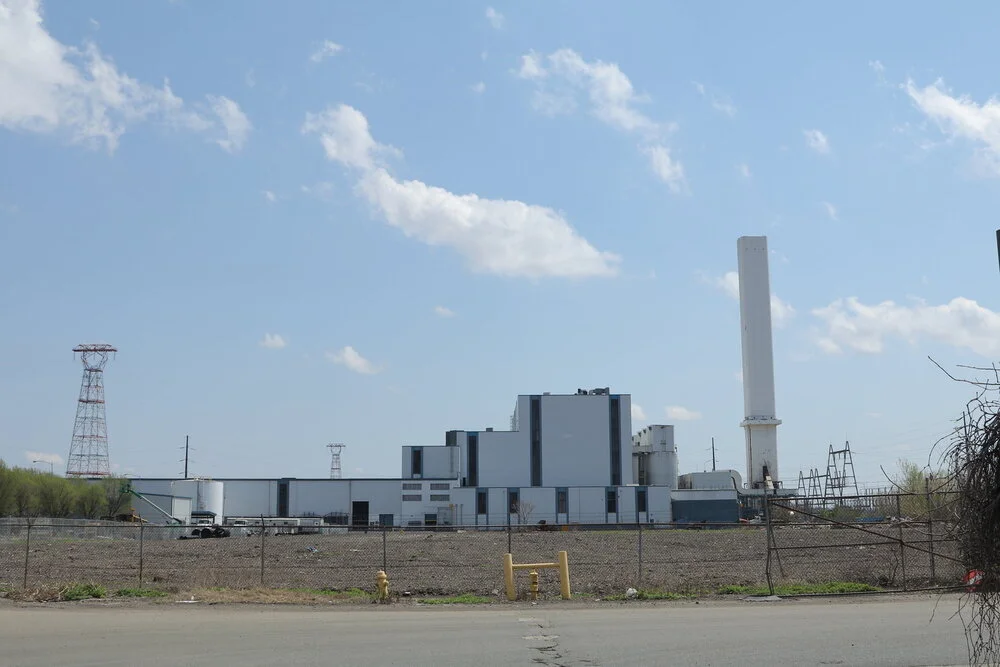A routine meeting of Swarthmore’s Zoning Hearing Board sparks an exploration of the history of zoning decisions in the rapidly gentrifying Historically Black Neighborhood of Swarthmore, and some questions about the borough’s future.
All in Borough Council
Close Call Provokes Discussion of New Fire Rules
A March 13 fire at the Village Vine wine bar and bistro at 6 Park Ave. in downtown Swarthmore prompted a conversation at Borough Council’s Public Safety Committee meeting about requiring that fire safety systems be monitored by a central station.
Zero Waste and Environmental Justice
At the March 8 Swarthmore Borough Council legislative session, council voted to approve a zero-waste resolution. The resolution was supported by many local residents who spoke at the meeting.
Moving Toward Zero Waste and Forward With Parklets
At its March 1 work session, Swarthmore’s borough council discussed zero waste, parklet guidelines, and community access to the Crum Woods.
Committee Spars Over Towing Services
The public safety committee of Swarthmore Borough Council discussed the current informal arrangement the police department has with Swarthmore Collision to tow cars after accidents and arrests, as well as concerns that tow trucks are frequently slow to show up.
New Town Center Coordinator and Gun Safety at Council
Swarthmore Town Center announced that Sarah Matthews is the nonprofit’s new coordinator. One of Matthews’ first tasks will be creating guidelines for the parklets, which are currently authorized to run through March 31. Also, many local police departments store firearms for people concerned that they are a danger to themselves. Swarthmore also provides this service.
Here Comes the Sun: Panel Considers Regulating Panels
Swarthmore’s Planning Commission may recommend adding solar energy systems to the borough’s zoning code, both to encourage and to regulate their use.
Discussion of Permanent Parklets, Division Over Meeting Minutes
Parklets in Swarthmore’s business district came under scrutiny at the borough council’s January 11 legislative session as residents raised concerns about traffic safety and business signage. And a correction to the minutes of the previous council meeting minutes devolved into a heated argument.
Throw Your Hat Into the Ring?
A rundown of the local government seats on the ballot in 2021.
Panel Okays First Family/Caregiver Suite
The Swarthmore Zoning Hearing Board unanimously approved a special exception for Kit Raven to build a “family/caregiver suite” at her house on Dartmouth Avenue. Raven’s is the first application for a family/caregiver suite to come before the board since the borough amended its zoning code to permit them in 2018.
Concerns About Bicycles, Budget Finalized
After concerns about kids riding bicycles on sidewalks in the business district were raised at Swarthmore Borough Council’s December 7 work session, five residents attended the December 21 council meeting to express their sense that the bicycle problem is getting out of hand. Also, the council voted not raise taxes in 2021.
2020 in Review: Before and (Mostly) After
Rereading articles from this past January and February is like peering through the wrong end of a telescope into a lost world. Here’s a review of what we were doing and thinking about in 2020, as it showed up in the pages (and website) of this newspaper — both BC (Before COVID) and AD (After Distancing).
Taxes to Stay the Same; Sparks Fly Over Bicycle Enforcement
In a sometimes fiery meeting that lasted over three hours, Swarthmore Borough Council voted on Monday not to raise taxes in 2021. The vote was 6 to 1. The most contentious part of the meeting was a report on the increasing nuisance of bicycles in the business district. Business owners have complained that cyclists are riding down the Park Avenue sidewalk with little regard for pedestrians and leaving their bikes obstructing the sidewalk.
Join the Swarthmore Borough Environmental Advisory Council
The Environmental Advisory Council is composed of seven voting members, plus a number of associate members, and volunteers. Meetings occur at 7:30 p.m. on the fourth Tuesday of the month. Voting members are appointed by the borough council to serve a term of three years. New voting members will be appointed in 2021. To be eligible for appointment as a voting member, you must be a current resident of Swarthmore Borough.
Council Moves Forward With Preliminary Tax Plan
Taxes and the 2021 budget were the centerpiece of Swarthmore Borough Council’s November 9 legislative session, as they had been at the previous week’s work session. Members wrestled with raising taxes to cover community priorities in a year when many residents are economically struggling because of the COVID-19 pandemic. Council must commit to a tax rate at its December 7 meeting.
Council Weighs 2021 Tax Hike
Swarthmore residents may see a 2.25%, 2.5%, or 2.75% tax increase next year – or they may see no increase at all. Various budget plans were discussed at Monday’s Swarthmore Borough Council work session, with a final decision scheduled for the November 9 legislative session.
Halloween Spirit and Higher Standards
Swarthmore Borough Council voted to allocate $175 from the general fund for prizes in the borough’s Halloween House Decorating Contest. Also, Planning and Zoning Committee Chair Betsy Larsen said that council had not adequately responded to concerns expressed by North Chester Road residents at the council’s October 5 meeting about subdividing a property in their neighborhood.
Subdivision Gets the Green Light
After hearing from neighbors, developers, and engineers, and deferring to the legal expertise of borough solicitor Robert Scott, Swarthmore Borough Council voted to approve the subdivision of 686 N. Chester Road at its October 5 work session. The council had the choice between voting for one of two proposed plans for the property, or of voting to reject both.
Council Considers Accessibility, Parking, and Trees
At the Swarthmore Borough Council meeting on September 21, Swarthmore resident Samina Iqbal reported on efforts to improve accessibility in the borough. Also: council voted unanimously to prohibit overnight parking on several streets near Michigan Avenue and the Environment Committee moved that council approve the purchase of 12 trees through the Tree Tenders Program. Council also voted unanimously to keep parklets in the center of town through the end of 2020.
Neighbors Oppose Subdivision, Council Approves Ballot Box
At the Swarthmore Borough Council meeting on September 8, five neighbors from surrounding houses expressed their concerns over Cavalier Homes’ plan to subdivide the lot at 686 N. Chester Road. Also, the county council has asked each of the county’s 49 municipalities to install a ballot box 5 feet high and 2 feet wide in a place that is ADA accessible, well-lit, and subject to 24/7 video surveillance. The box will be emptied by county election bureau employees, and will remain in place for five years.




















